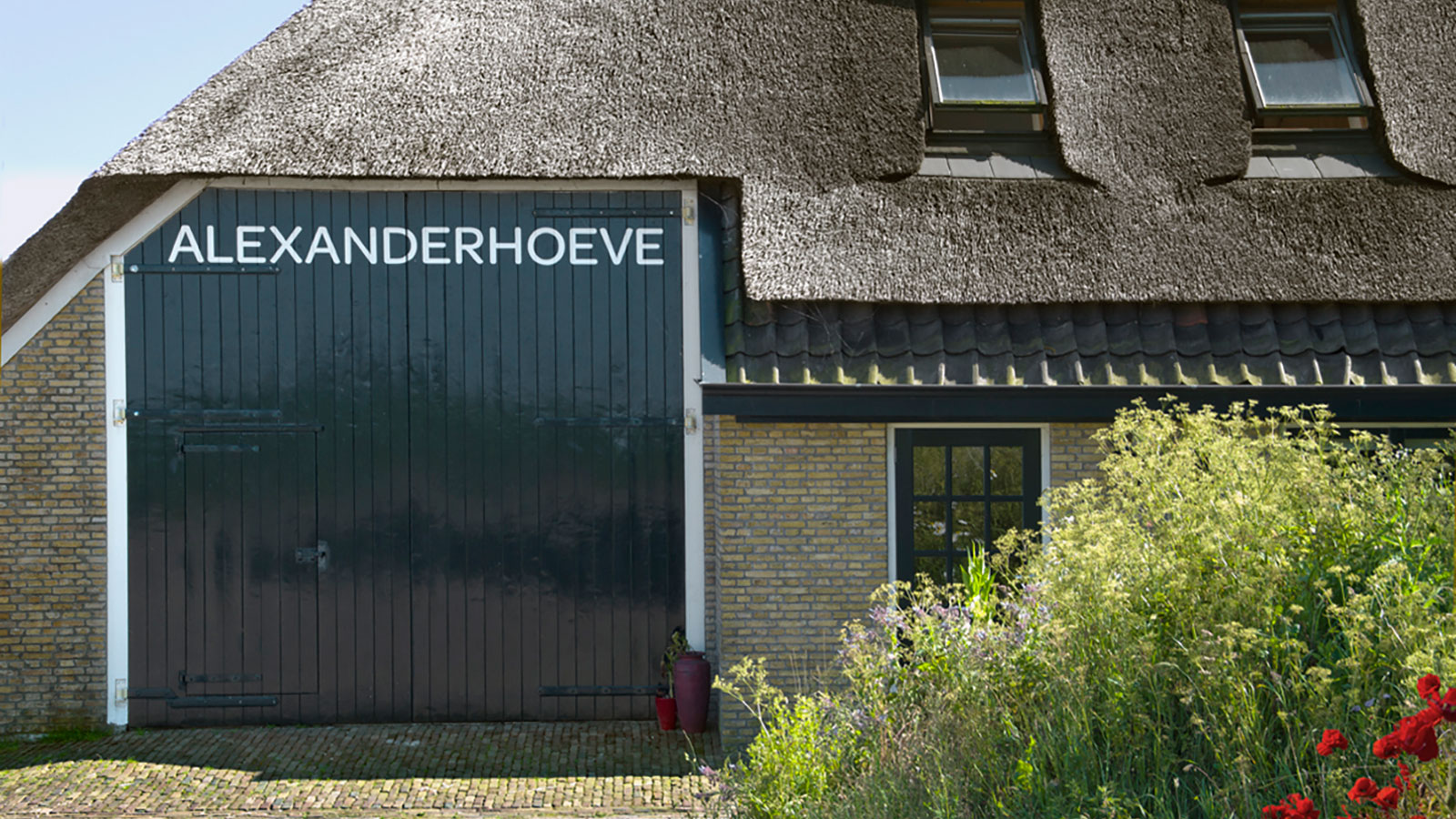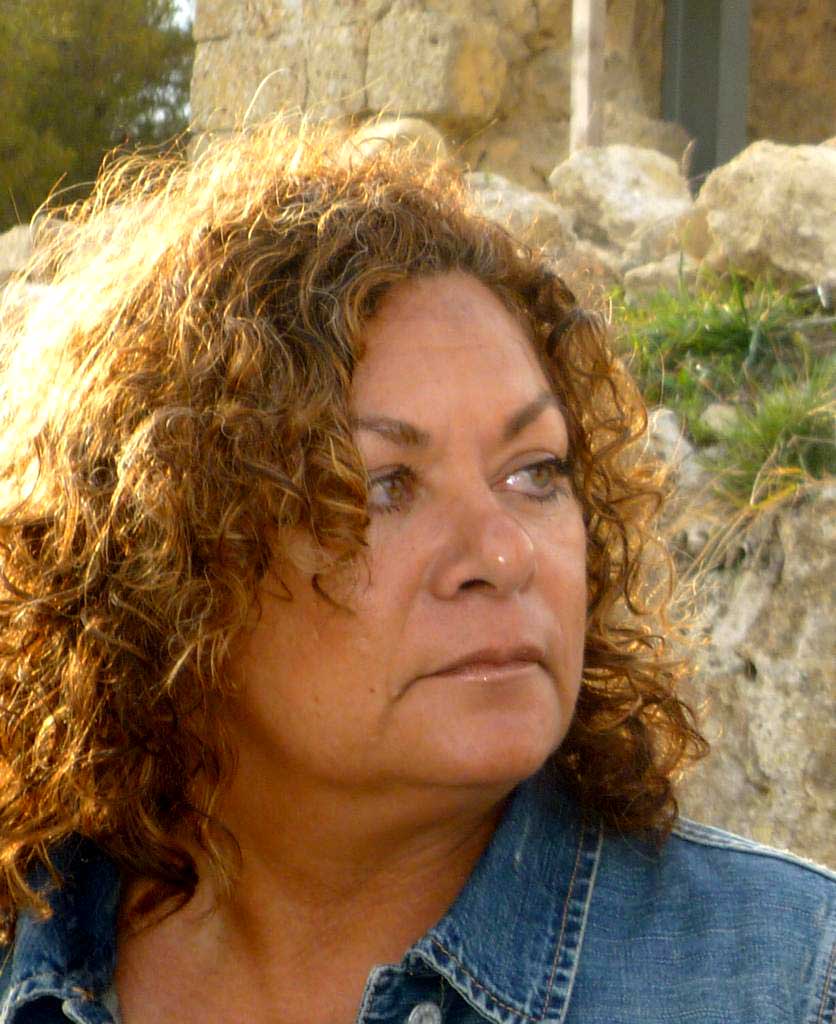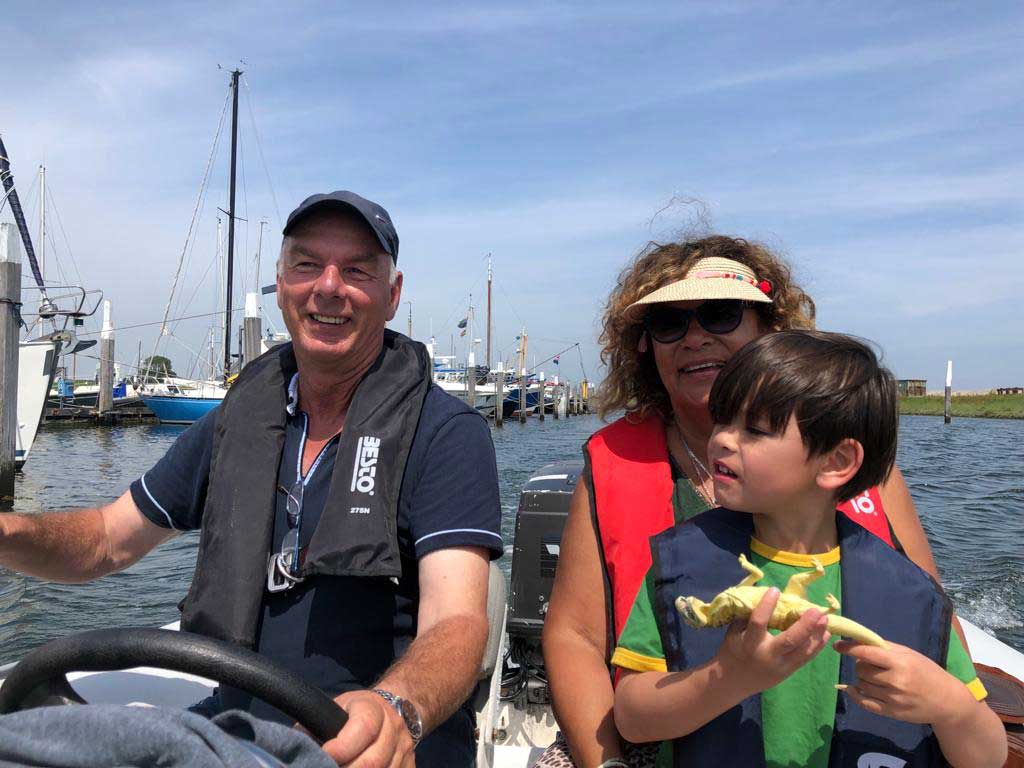
Jan Bakker (farmer) and Wilma Pieters (designer and coach) are the owners of ‘De Alexanderhoeve’. The farm has been owned by Jan’s family since 1919. It was the first farm in 1848 in the Prins Hendrik polder on Texel. Until 2011 it was a mixed company, afterwards the winds changed and now all remaining farming is organic Now gardening is organic.
Wilma

‘Within the farm, I have a studio where I design and make leather bags, bracelets, aprons and other leather goods, under the name Wilt. You can buy these unique designs or book a workshop and make your own items!
Jan

‘We strive for a sustainable relationship with nature around us. That is why we have solar panels and we grow organic vegetables and certain potato varieties. When you are visiting I will gladly tell you more about it.
At our place at De Grie
Jan was born and raised on De Alexanderhoeve in the De Grie polder, a place with a rich history.
“The village of Den Hoorn was not always in its current location. The former village of Den Horn was on the southern tip of Texel. Strong beach currents created five beach walls. The channels behind served as harbours. Quite soon they closed up to salt marshes, after which the land was reclaimed. The traces of various dyke breaches can still be found in the landscape.
In recent years the Texel agricultural nature and landscape association ‘De Lieuw’ has restored the area around the former village of Oude Horn. The contours of the old village of Den Horn, the connection of the Buitendijk and the Rommelweel have been made visible. Around 1625 there was a sluice on the dyke from Alexanderhoeve to Den Hoorn. At low tide, the lock could open to drain excess water into the Wadden Sea, and it served as a harbour too.
The lock has also been restored. In addition to its historical significance, it also has agricultural value for the current De Grie polder. Fresh dune water can reach the polder land via the lock. In this way salinization of the land is prevented.”